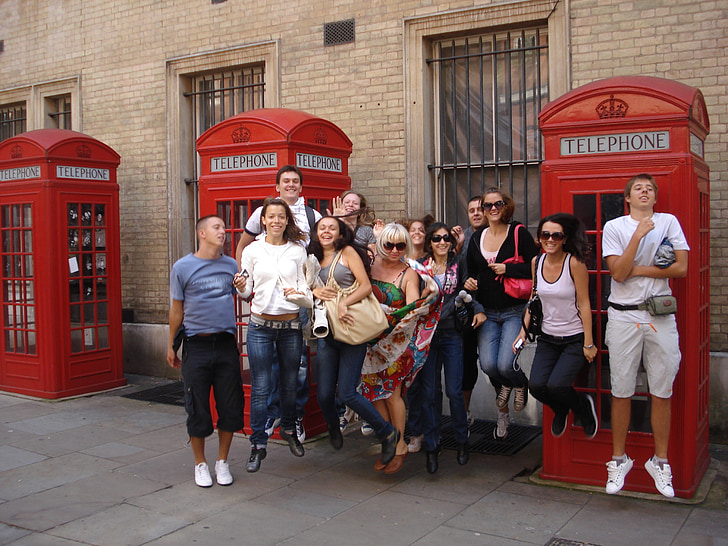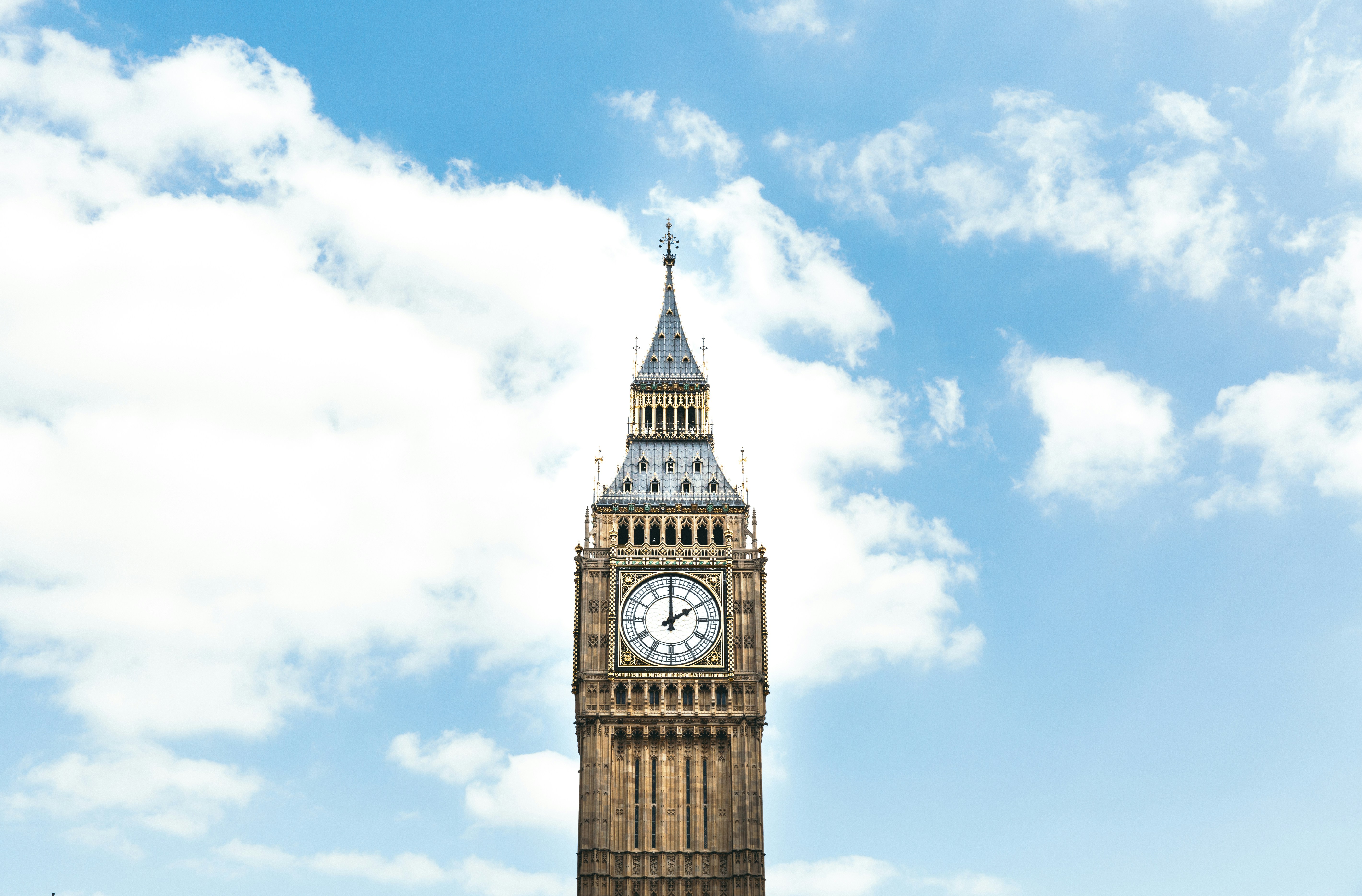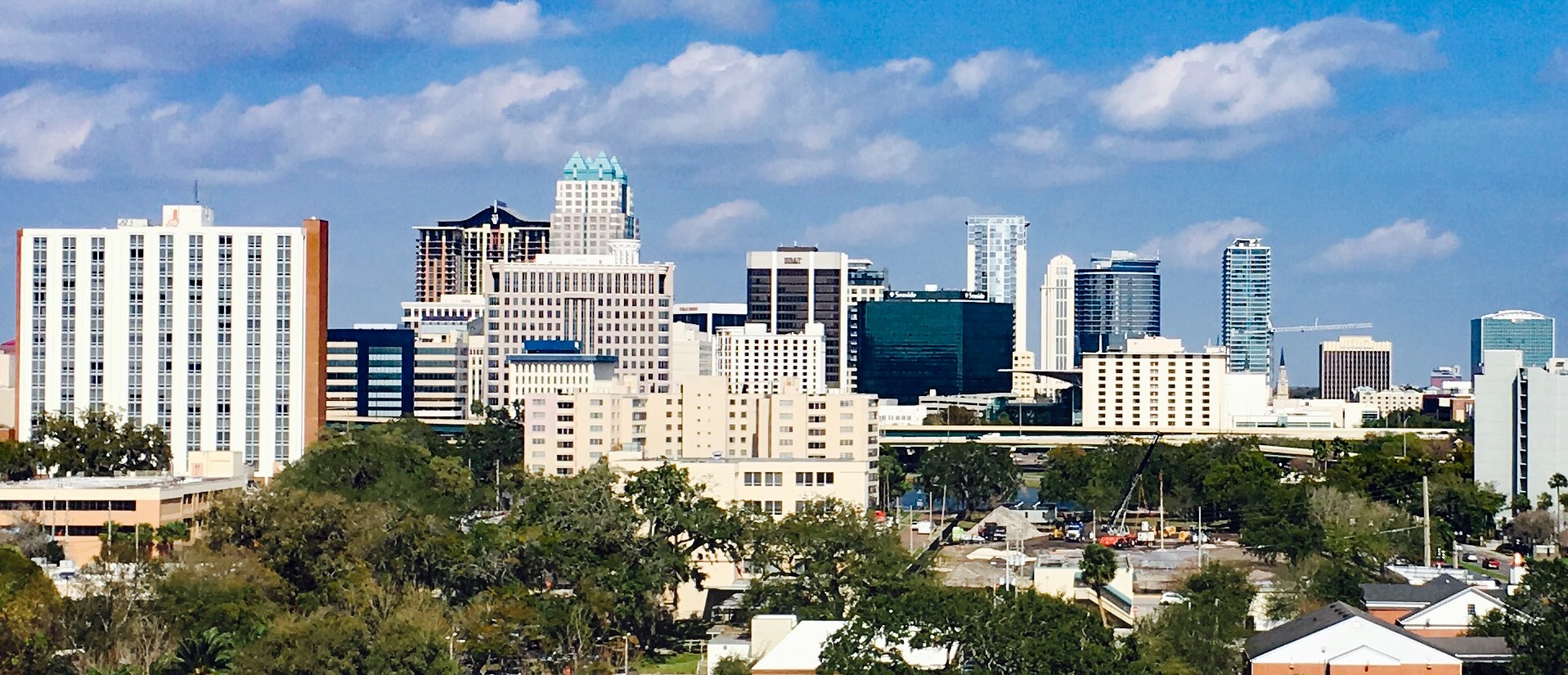What is the Northwestern University Acceptance Rate for this elite institution? As the oldest chartered university in Evanston, Illinois, Northwestern University is a private research university established in 1851 to serve the historic Northwest Territory. Northwestern University became a founding member of the Big Ten Conference in 1896 and joined the Association of American Universities in 1917. Northwestern is composed of 11 undergraduate, graduate, and professional schools, which include Kellogg School of Management, McCormick School of Engineering and Applied Sciences among others. In addition to the Evanston campus, it has campuses in downtown Chicago, Coral Gables, San Francisco, Doha, and Washington, D.C.
More and more students at home and abroad are applying to Northwestern University to pursue their educational dreams, knowing Northwestern University acceptance rate can better prepare for it.
What is Acceptance Rate?
Acceptance rate is the percentage of admitted applicants compared to the total number of applicants in a given class or year. To calculate acceptance rates, you divide the number of accepted students by the total number of applicants.
Northwestern University Acceptance Rate: Overall
It is announced that the Northwestern University Acceptance Rate is just over 7% in 2025 (for the Class of 2029). While the university didn’t release the exact number of regular and early applicants, or the exact number of admitted students, we can estimate these numbers based on the acceptance rate and the approximate number of applicants.
Northwestern Acceptance Rate for Class 2029
| Number of Applications | Accepted Students | Acceptance Rate | |
|---|---|---|---|
| Regular Applications | ~44,800 | ~2,750 | ~6.1% |
| Early Applications | 5,200 | ~1,000 | ~19% |
| Total Applications | ~50,000 | ~3,750 | 7.5% |
Northwestern University Acceptance Rate: Regular Decision
Analyzing Northwestern’s regular decision admission numbers in 2025 indicates a significant level of competitiveness. The university received about 44,800 applications, with approximately 2,750 students gaining acceptance, resulting in an estimated regular decision acceptance rate of around 6.1%.
Comparing these figures to previous years, the number of regular decision applications this year is slightly lower than last year’s, when the university received around 47,005 applicants.
Notably, the regular decision acceptance rate this year is the highest in the past few years. In the past, the acceptance rate hovered between 5% and 5.6%, while the acceptance rate is estimated at 6.1% this year.
Northwestern's Regular Decision Statistics
| Class of | Total Applications | Accepted Applicants | Acceptance Rate |
|---|---|---|---|
| 2029 | ~44,800 | ~2,750 | ~6.1 |
| 2028 | ~47,005 | ~2,656 | ~5.6% |
| 2027 | 47,013 | ~2,692 | ~5.7% |
| 2026 | 47,636 | ~2,292 | ~5.3% |
Northwestern University Acceptance Rate: Early Decision
Just like previous years, Northwestern aimed to admit half of its incoming Class of 2029 through Early Decision. The university stated that it has a goal of 2,100 students for the Class of 2029, half of whom are admitted through Early Decision.
With 5,200 applicants to Northwestern’s early decision cycle, the Early Decision Acceptance rate is estimated to be around 19%, a slight decrease from last year’s estimated 20%.
The number of applicants this year is almost identical to last year’s, with only 20 more students applying.
Northwestern University’s early decision cycle has a noticeably higher acceptance rate than its regular decision cycle, which is evident from the data. To improve your likelihood of being admitted to Northwestern University, we strongly recommend applying early.
Early Decision Acceptance Rate Comparison
| Class of | ED Applicants | ED Admitted | Acceptance Rate |
|---|---|---|---|
| 2029 | 5,200 | ~1,000 | ~19% |
| 2028 | 5,220 | ~1,000 | ~20% |
Northwestern University Acceptance Rate: History
In recent years, Northwestern University’s acceptance rate has been hovering around 7-9%, making it one of the most selective universities in the United States.
While the acceptance rate increased, it remains lower than pre-pandemic levels. This year’s increase to 7.5% represents the highest acceptance rate since the Class of 2024.
Northwestern Acceptance Rate Throughout the Years
| Class of | Acceptance Rate |
|---|---|
| 2028 | 7.5% |
| 2027 | 7% |
| 2026 | 7.2% |
| 2025 | 7% |
| 2024 | 9.3% |
| 2023 | 9.1% |
| 2022 | 8.5% |
| 2021 | 9.2% |
| 2020 | 10.7% |
Northwestern University Acceptance Rate: Admissions Statistics
Factors Affecting Admission
8 factors may impact your Northwestern University acceptance rate, ranked as “very important” to your admissions process. They are: rigor of secondary school record, class rank, GPA, essay, recommendations, extracurricular activities, character/personal qualities, and talent/ability. An additional 7 factors are “considered”: standardized test scores, first-generation status, alumni relation (legacy), geographic residence, volunteer work, paid work, and the level of an applicant’s interest in Northwestern. Knowing Northwestern University Admissions Statistics helps students better prepare for it.
| SAT Range | 1490-1570 |
|---|---|
| SAT Reading | 730-770 |
| SAT Math | 760-800 |
| Students Submitting SAT | 47% |
| Early Decision Acceptance Rate | No data available |
| ACT Range | 33-35 |
|---|---|
| ACT English | 35-36 |
| ACT Math | 32-35 |
| ACT Writing | 8—10 |
| Students Submitting ACT | 31% |
Northwestern University Admissions Deadlines
| Application Deadline | January 3 |
|---|---|
| Application Fee | $75 |
| Early Decision Deadline | November 1 |
| Early Action Deadline | / |
| Offers Early Decision | Yes |
| Offers Early Action | / |
Northwestern University: Composition of Applying Students

Northwestern University is a prestigious American school that is well-known at home and abroad. A large number of American and overseas students apply to Northwestern University every year. Understanding the composition of the applicant pool can provide a better understanding of the future school and cultural environment.
| White | 50.30% |
|---|---|
| Asian American or Pacific Islander | 26.90% |
| Black or African American | 13.40% |
| Hispanic or Latino | 14.90% |
| International | 10.10% |
| Native or Indigenous | 1.80% |
Northwestern University: Tips for Applying
- Prepare for Test
Northwestern will remain test-optional for the 2024-25 application cycle.
- Take Multiple Advanced Classes
Northwestern University expects to see evidence of advanced coursework in high school. Taking multiple advanced classes, particularly within your area of academic interest is a must.
- Choose Academic Schools
Students must apply to one of the six academic schools on your application. Some have different admissions requirements and standards.
- Prepare for Optional Alumni Interviews
Northwestern University does offer optional alumni interviews, both in-person and virtually. However, they state that is not possible to accommodate every applicant.
- Develop Interests
Northwestern University weighs “demonstrated interest” in the admissions process. Therefore, you will be judged on whether or not you made a campus visit (in non-pandemic times), contacted an admissions officer, etc.
- Complete Supplemental Essays
Make sure to dedicate sufficient time and effort to the supplemental essays offered by Northwestern.
Northwestern University Acceptance Rate: Conclusion
The overall Northwestern University acceptance rate is about 7% after receiving more than 50,000 first-year applications during the 2024-25 admissions cycle. After you have been admitted to Northwestern University, housing is the first and foremost thing. uhomes.com will provide you with affordable, reliable and comfortable student housing in United States.
FAQs about Northwestern University Acceptance Rate
A school’s acceptance rate is the percentage of admitted applicants compared to the total number of applicants in a given class or year. To calculate acceptance rates, you divide the number of accepted students by the total number of applicants. Here is the formula: Acceptance rate = (Number of students accepted / Total number of applicants) x 100. For example, if a college receives 10,000 applications and accepts 2,000 students, the acceptance rate would be 20%.
3 factors that influence a university’s acceptance rate are listed here. Primarily, it’s the ratio between the number of applicants and available spots. Higher applicant volume or more selective programs lead to a lower rate. Secondly, the acceptance rate also varies significantly by specific school or major. Lastly, the overall strength and qualifications of the applicant pool itself are fundamental determinants.
You can find it on the Internet. In the college profile, you can check how many people are applying to in any given year, how many are getting admitted, and which demographics those admitted students fall into.
Yes, the admission rate and acceptance rate are the same thing. They both refer to the percentage of applicants accepted (or admitted) into a certain college or university in a given year.
There is no single “average” rate, as it varies dramatically. Highly selective universities often have rates below 10%. In contrast, many public and less-selective private schools have rates above 60-70%. The national average for all four-year institutions in the U.S. typically falls between 66% and 68%, with community colleges often admitting nearly all applicants.
According to U.S. News & World Report data, these colleges all have a 100% acceptance rate (in no particular order):
- Academy of Art University
- Broward College
- Cameron University
- Florida Southwestern State College
- Lewis-Clark State College
- Montana State University – Billings
- New England College
- Pensacola State College
- Utah Valley University
- Wayne State College
According to U.S. News & World Report, colleges and universities with the lowest acceptance rates are:
- Harvard University
- Yale University
- Princeton University
- Brown University
- Stanford University
- Columbia University
- University of Chicago
- Massachusetts Institute of Technology
- California Institute of Technology
- Pomona College
- Dartmouth College
It is suggested consider your academic interests, career goals, school campus, acceptance rate, budget, potential financial aid, and possible extracurricular opportunities.
Yes. Northwestern University is often considered to be as good as an Ivy League because of its impressive rankings and selective admission process. Despite not being part of the Ivy League, Northwestern holds a notable position in the U.S. News National Rankings.
To have the best chance of getting in, you should have a 4.1 GPA or higher. If your GPA is lower than this, you need to compensate with a higher SAT/ACT score.
The Northwestern acceptance rate is 7%, making it one of the most competitive universities in the world. Acceptance rate is generally an indication of how competitive a school is, but it is also an indication of how popular a school is.
Ranked 9th among national universities, Northwestern is recognized around the world for its extraordinary and innovative research and other educational programs. Our environment is a unique one. It is one that unites knowledge, and ideas, ambition and imagination, hard work and joy.
Students who are passionate, intellectually curious, and academically driven fit into the idea of Northwestern. For extracurricular involvement, Northwestern is looking for passionate, focused students, as most other elite universities are.
To be seriously considered for admission to Northwestern, students must perform very well academically. In addition to having a high GPA, students should challenge themselves within the curriculum available to them at their high school. This means that students should display a high level of rigor in their coursework.








